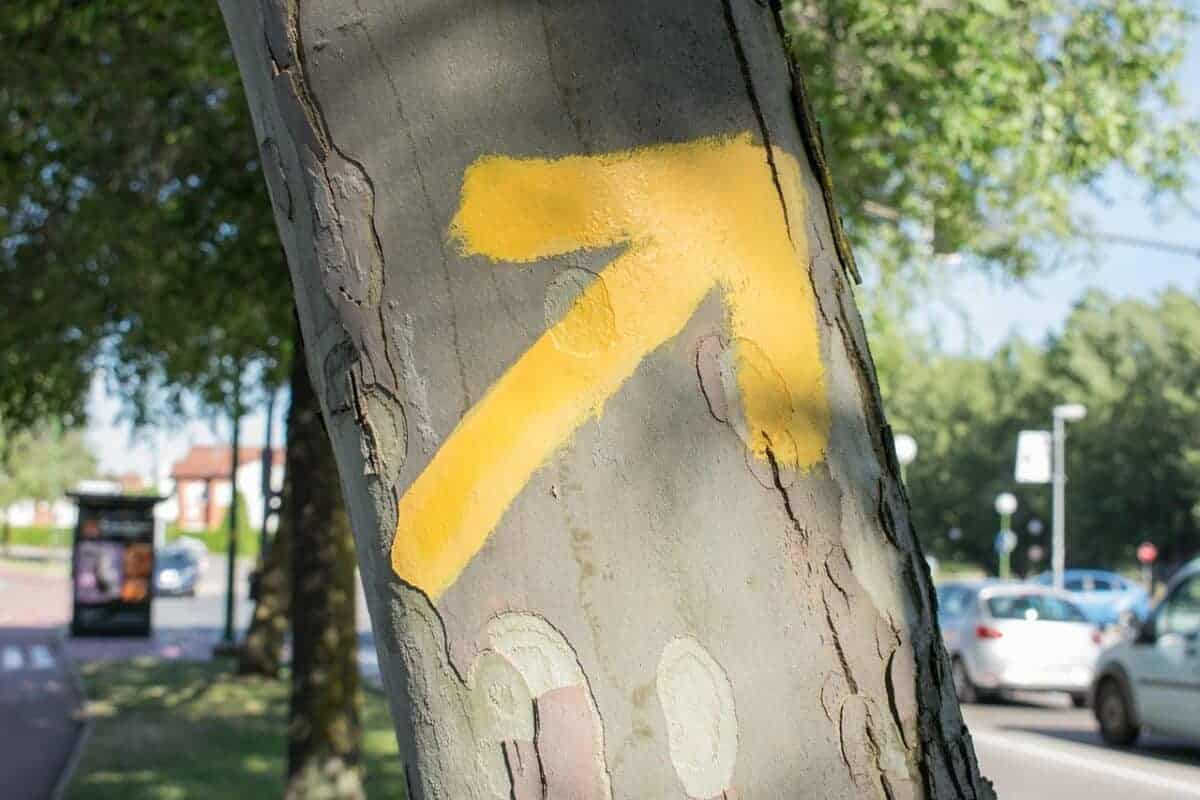Camino de Santiago routes: how are they different?
This is a collaborative post.
The Camino de Santiago pilgrimage network comprises numerous routes (more than 200 officially recognised). Some of them are more well-known than others, but each one offers a distinct experience or challenge. Understanding their differences will help you choose a route that’s best suited to your preferences and goals. So, here are the major Camino routes and their unique characteristics.

Camino Francés: best infrastructure and natural beauty
The Camino Francés, or the French Way, is the most popular Camino route by a mile. This trail is known for its excellent infrastructure, with plenty of accommodation choices as well as services available along the way, accommodating thousands of pilgrims each year. However, Camino Francés’ popularity also stems from its stunning scenery, featuring countless picturesque villages and an incredible diversity of landscapes throughout the route. It’s a great route for first-timers and those wanting to experience the best of Spain.
Camino Primitivo: the ultimate challenge
On the opposite end of the spectrum, the Camino Primitivo (known as the Original Way) is widely regarded as the most demanding route in the entire network, hence one of the least walked too. Connecting Oviedo and Lugo, this path takes you through mountainous terrains with steep ascents and descents, testing even experienced walkers. Not just that, it has some challenging gradients that require good hiking experience and physical preparation to navigate safely. The sense of reward from Camino Primitivo, however, is hard to match!
Camino Portugues: connecting two countries
The Portuguese Way (Camino Portugues) is unique because it connects both Portugal and Spain in a single journey, although the majority of it is situated in Portugal. The starting point is in Porto and there are two variations available: the central route or the coastal alternative. This is a great option for those who prefer to have a diverse experience, visiting a range of landscapes and trying different foods.
Unconventional routes
Perhaps the most intriguing and original routes in the network are Camino Inglés and the Camino de Santiago de Finisterre. The former, departing from Ferrol, is known as the path taken by British pilgrims, arriving by the sea. The latter, a route beginning in Finisterre, is older than Christianity itself and it’s often referred to as the “end of the world”, since it was originally believed to be the furthest point on earth. Both of these routes follow centuries of pilgrimage traditions, offering a unique experience and the ideal environment for spiritual journeys.
Finding your path with Santiago Ways
If you’re struggling to pick the right route for you, Santiago Ways can help you. As one of the leading travel agencies for Camino de Santiago holidays, they have a number of Camino routes available for both guided and self-guided trips. They will provide you with detailed itineraries, pre-book hotels, organise all the logistics and offer other support.
Remember – the Camino de Santiago network of pilgrimage trails is not about identifying a single “best” route, but rather recognising the charm that each of them brings. The key is to match your own expectations and abilities with the right options, and Santiago Ways is here to help you do exactly that.